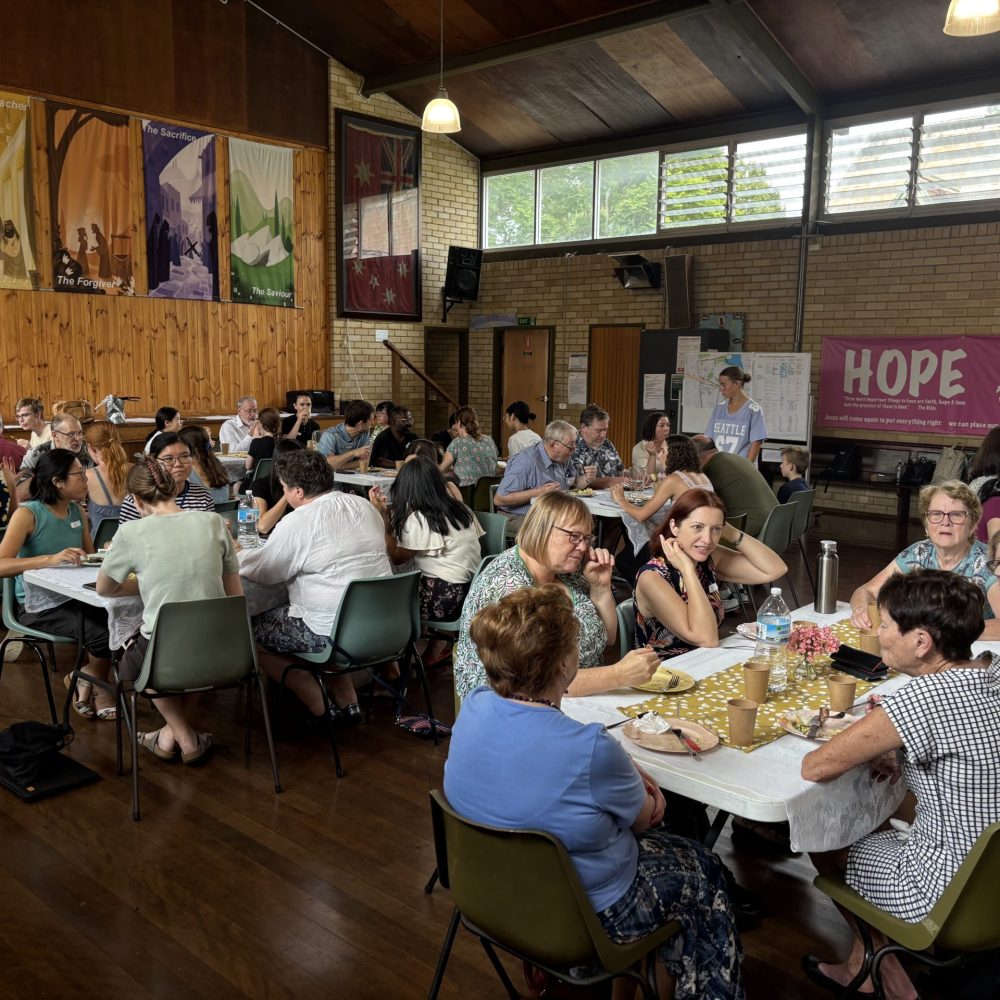The area in which St Luke’s is located is the original home and traditional lands of the Wangal people of the Eora nation. They took responsibility for this land. The nearby river provided food. Other foods were hunted, harvested and gathered from the bushlands. The area was also a meeting place for the peoples as they shared their traditions and cultural values. We recognise these people and are thankful for their care of the land where St Luke’s now stands.
St Luke’s Concord, has origins that go back to the beginnings of white settlement. The Concord area was halfway between the first settlement at Sydney Cove and the first farming area at Parramatta. In 1791, a track through the bush joined the two settlements, A Government Stockade was built at this half-way point, to house the convicts who built, maintained and extended the track, which in time became Parramatta Road. Gradually free settlers and emancipated convicts began a farming community in the area, known as Longbottom.
St Luke’s began its ministry as schools as well as place of worship. This was before public education became the role of the state. The Burwood Parochial School in Wharf Road – the origin of St Luke’s – opened in 1843.
The building, now long gone, was a Parochial School during the week and church on Sundays. There was a proper Church of St John’s at Ashfield and St Thomas’s at Enfield but the roads linking them were bad and so it was an awkward journey for the people of Longbottom, which they made only on special occasions.
Then in the early 1850’s, the Gold Rushes brought new wealth and a flood of emigrants in search of their fortune. The first railway line was built from Sydney to Parramatta, with stops at Ashfield and Burwood – pushing settlement up the hill on the southern side of the Parramatta Road. In this situation, Anglican people in the area felt confident enough of themselves and their future to have their own church. A public meeting in 1858 complained of the inconvenience of having to travel to St Thomas’ at Enfield and set up a committee to raise the funds for a church.
The church was granted one and a half acres in Burton Street, not far from the half acre in Wharf Road where the Parochial School stood.
St Luke’s people chose plans for their church by the well known architect, Edmund Blacket. The building was completed in 1860 and consecrated in May, 1861. It cost £1495 and it was intended to seat 185 people. Edmund Blacket introduced into Australia, the Gothic Revival style of architecture so beloved in Victorian England. This style was so popular in Australia it became accepted as the way a church should look.
This building was produced in three stages and Blacket designed only the first stage– a simple Gothic style chapel.
This building consisted only of our present central nave, with the bell-cote, a small south porch and a small 14’x16′ chancel. It must have been very exciting for the congregation when their new building was finally ready to be consecrated.
A decade later, in 1869, the church was so crowded it was decided to extend. However, our parsimonious and/or independent forbears decided not to go back to Blacket, but to use the plans of a parishioner, William Coles, who had supervised the building of the first stage. Coles produced a design which involved adding two aisles on either side of the nave, but it was decided only half the plan could be afforded. So the north aisle, the north porch and a north vestry – though smaller than the present one were added. At the rear of the church a “singing gallery” was added with a platform for a harmonium.
Thirteen years later in 1882, the second half of the Coles plan was carried out. The south aisle was added with a new south porch. This was not the present large square one, which was added in 1938 as a memorial to Dame Eadith Walker, who had donated the fine, heritage listed, Hill pipe organ, installed in 1884. An “Organ Chamber” was added on the southern side of the sanctuary, while the Rector’s Vestry on the north side was extended outwards. The back wall of the chancel came down, and the distinctive Romanesque apse behind the present communion rail was built. Four Gothic arches were created linking the vestries, church and chancel.
For a detailed look at St Luke’s organ, visit the website of the Organ Historical Trust of Australia – www.ohta.org.au.





St Luke’s has always sought to bring the gospel of Christ to the local community. Our Anglican heritage is reflected in Sunday services which prioritise Bible reading, preaching, and prayer, and in which we share the Lord’s Supper each month.
